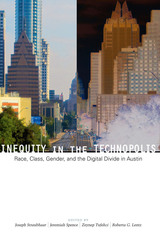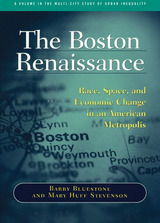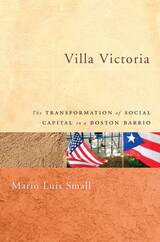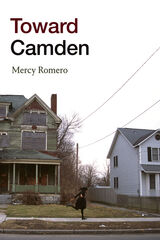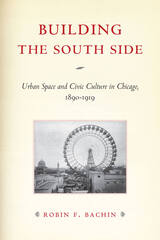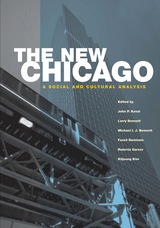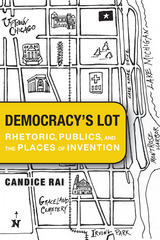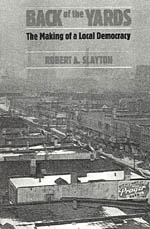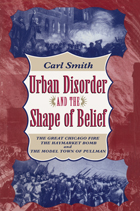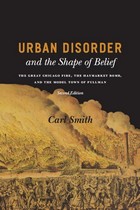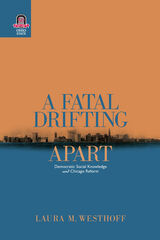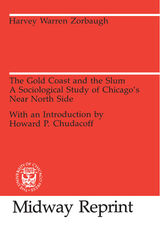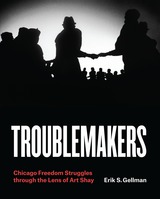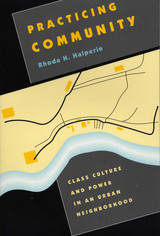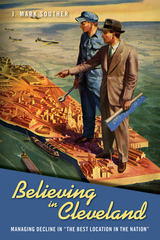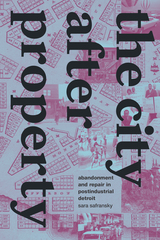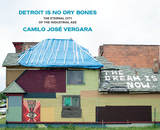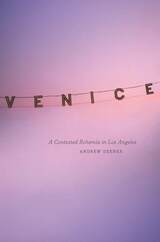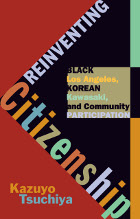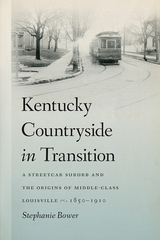The Man-Made City: The Land-Use Confidence Game in Chicago
University of Chicago Press, 1990
Cloth: 978-0-226-78193-8
Library of Congress Classification HN80.C5S965 1990
Dewey Decimal Classification 307.340977311
Cloth: 978-0-226-78193-8
Library of Congress Classification HN80.C5S965 1990
Dewey Decimal Classification 307.340977311
ABOUT THIS BOOK | TOC
ABOUT THIS BOOK
With its extraordinary uniform street grid, its magnificent lake-side park, and innovative architecture and public sculpture, Chicago is one of the most planned cities of the modern era. Yet over the past few decades Chicago has come to epitomize some of the worst evils of urban decay: widespread graft and corruption, political stalemates, troubled race relations, and economic decline. Broad-shouldered boosterism can no longer disguise the city's failure to keep pace with others, its failure to attract new "sunrise" industries and world-class events. For Chicago, as for other rust-belt cities, new ways of planning and managing the urban environment are now much more than civic beautification; they are the means to survival.
Gerald D. Suttles here offers an irreverent, highly critical guide to both the realities and myths of land-use planning and development in Chicago from 1976 through 1987.
Gerald D. Suttles here offers an irreverent, highly critical guide to both the realities and myths of land-use planning and development in Chicago from 1976 through 1987.
See other books on: Community development | Neighborhood | Neighborhoods | Suttles, Gerald D. | Urban renewal
See other titles from University of Chicago Press


